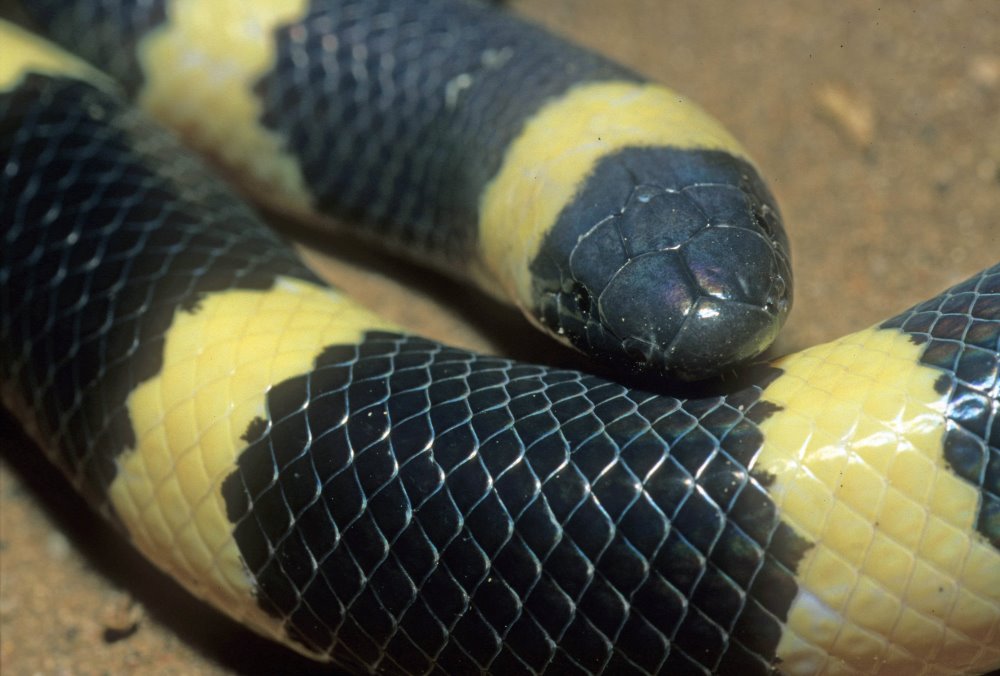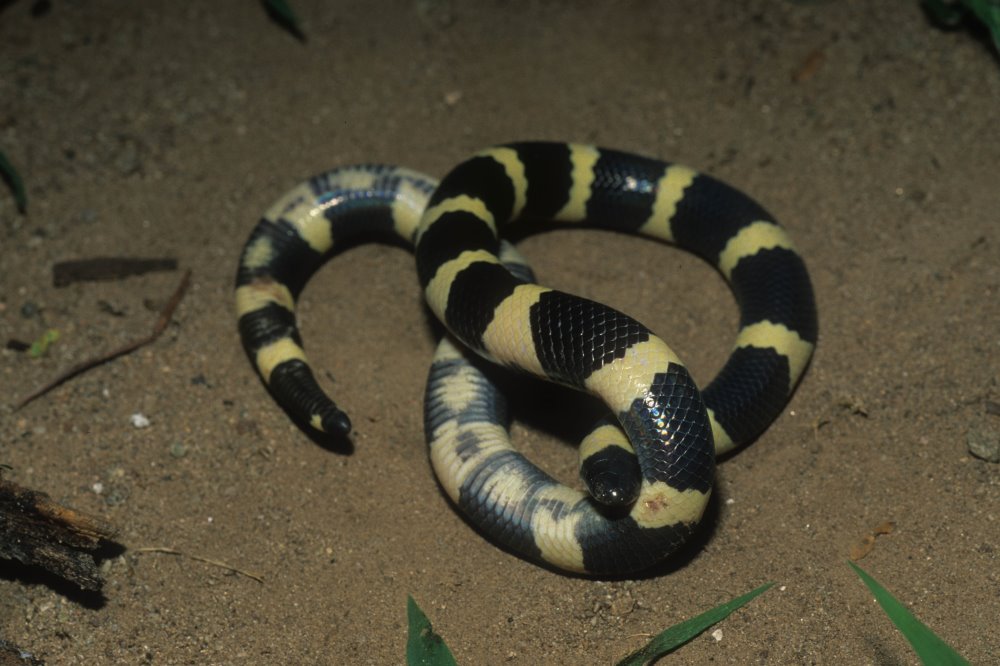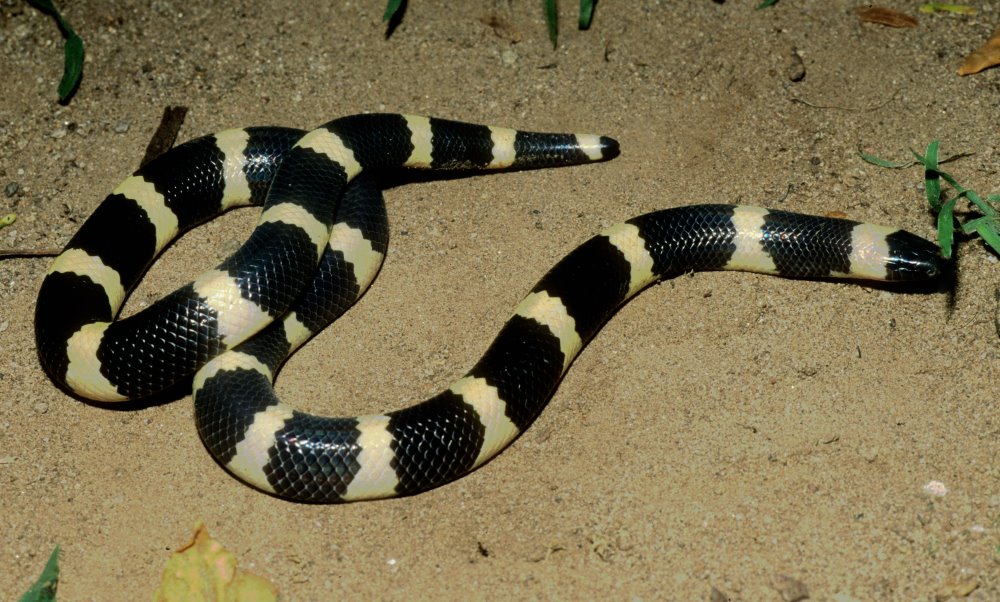
Sympholis lippiens, another of Mother Nature’s wonderfully secretive creations. The Mexican short-tailed snake is a larger- than- normal insectivore.
Unlike earlier years when herping south of our border was simply a choice of whether or not to just get up and go, today’s decisions are a more complex decision for me. In fact, the last time I traveled into Mexico was about 15 years ago and then I didn’t travel too far to the south. I had initially considered going to Sinaloa, got as far as southern Sonora, and decided that was far enough. And, as it turned out, it actually was far enough for me to interact with the small boas of Yecora, Mexican treefrogs, beaded lizards and other species that I hadn’t seen for years.
And one of these “other” species, one that I found really interesting, was the Mexican short-tailed snake (
Sympholis lippiens).
The first of this species on that trip was seen in the headlight glow of oncoming traffic. The little snake was slowly moving across the pavement. And somehow, after the half dozen cars (that’s 24 collective tires) had passed, the snake remained uninjured. I was delighted for this was an enigmatic species that really intrigued me.
That it is patterned for its entire 16- (or so) inch length in rings of jet black and creamy yellow is obvious. That it is of reasonably heavy girth, has a proportionately short tail and feels rather yielding and flaccid when lifted is almost as obvious. It was known (or at least thought) to be a secretive burrower that comes topside primarily when forced to do so by monsoon rains flooding its burrows. But beyond these things everything about Sympholis was conjectural. There was virtually nothing known about its food or feeding habits or its reproductive biology.
Today, thanks to research and compilation by Peter Holm, an Ecologist with Organ Pipe Cactus National Monument we do know a bit more about this little snake.
It is apparently commensal with a Mexican leaf- cutting ant. Leaf-cutters, their larvae, and grubs of a species known to dwell in the detritus of ant-mounds are now known to be eaten by Sympholis. Additionally, it was surmised that the thick skin, the conformation, cloacal discharge and skin secretions of this anthill specialist protected it from ant bites.
The Mexican short-tailed snake is prominently ringed in smooth black and white scales.

The Mexican short-tailed snake, at home in Alamos, Sonora, MX.




